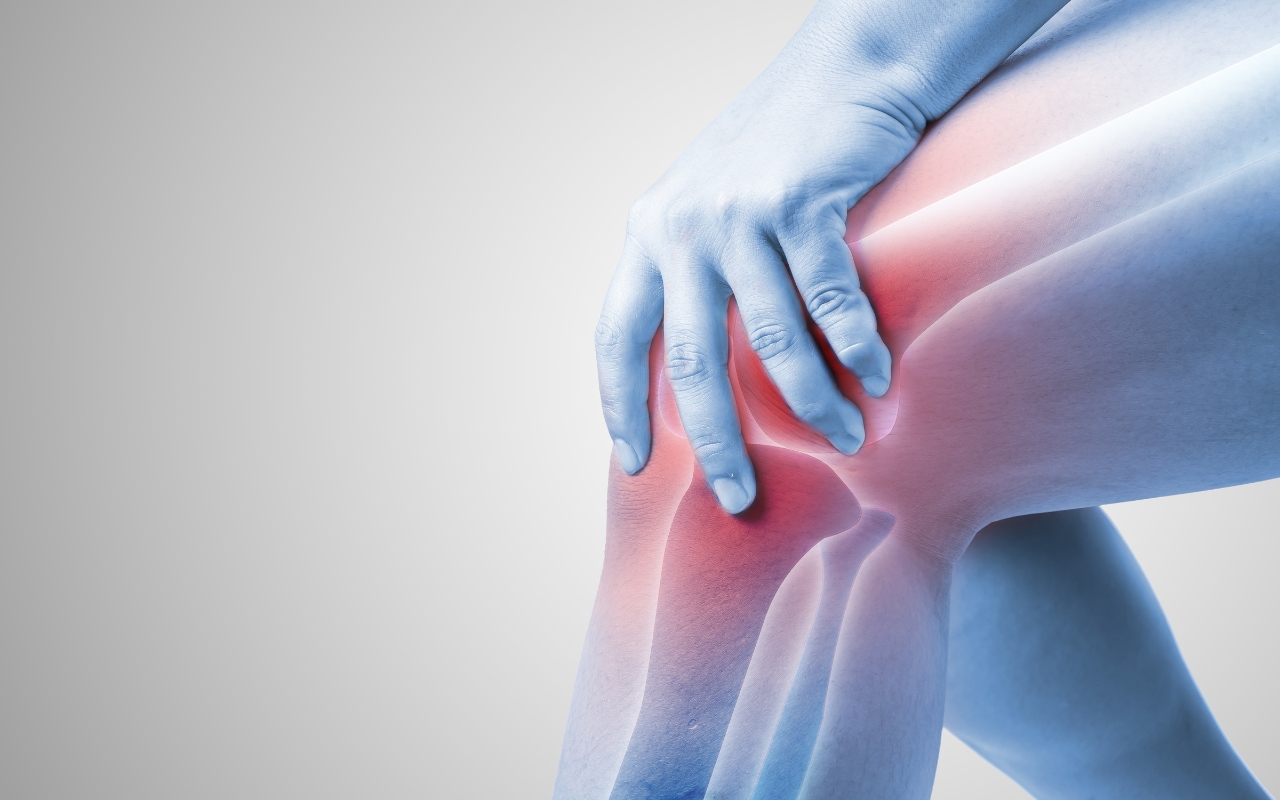Health
How can I improve my joint health?
Published
2 years agoon
By
mbkteam
Maintaining healthy joints is essential for overall well-being and mobility throughout life. Joints play a crucial role in enabling movement and providing stability. Ensuring their health and strength can prevent various issues, from minor aches to severe conditions like arthritis. This comprehensive guide provides valuable insights into how you can strengthen and maintain healthy joints through lifestyle choices, exercises, and dietary habits.
Regular physical activity is one of the most effective ways to promote joint health. Engaging in exercises that enhance flexibility, build muscle strength, and stimulate blood circulation can significantly benefit your joints. For instance, incorporating strength training into your routine can help ease pain, restore muscle strength, and improve physical function, especially for those with knee osteoarthritis. Exercises like squats, lunges, push-ups, and shoulder presses are excellent options for strengthening joints.
Low-impact aerobics, such as walking or cycling, are also beneficial for joint health. These activities improve cardiovascular fitness and strengthen the joints without causing undue stress. Cycling, in particular, stands out as an effective method for recovering joint range of motion with minimal weight load. Swimming and other water exercises are similarly advantageous, as the buoyancy of water supports the joints, reducing the risk of injury. These activities can improve muscle strength and reduce joint pain and stiffness in middle-aged and older adults with osteoarthritis.
Yoga and Pilates are other effective exercises for joint health. Yoga enhances muscular strength, flexibility, and functional mobility, making it ideal for individuals with knee osteoarthritis. Poses like Downward Dog, Warrior II, Bridge Pose, and Tree Pose can strengthen the joints effectively. Pilates focuses on core strength, stability, and flexibility, offering gentle exercises that reduce stress on the joints, particularly in the knees, hips, and shoulders.
Proper warm-up and stretching before exercising are crucial to prevent joint injuries. Stretching increases flexibility and prepares the muscles around the joints for physical activity. Moreover, strengthening the muscles surrounding the joints can help reduce the load on the joints themselves, potentially preventing joint degeneration. This, in turn, helps improve joint function, making everyday activities like walking, standing, and lifting easier and more efficient.
In addition to physical activities, maintaining a healthy weight is vital for joint health. Excess body weight puts additional stress on weight-bearing joints, particularly the knees, hips, and back, leading to increased wear and tear. Combining regular exercise with a balanced diet helps manage weight and reduces the strain on these joints. Eating a diet rich in nutrients that support joint health is equally important. Foods high in omega-3 fatty acids, such as fatty fish, flaxseed oil, and fish oil supplements, have anti-inflammatory properties that can reduce joint pain and inflammation.
Blueberries, with their high anthocyanin content, are another excellent dietary choice for joint health. Anthocyanins are flavonoids that give blueberries their deep blue color and are known for their anti-inflammatory effects. Consuming a diet rich in antioxidants from fruits and vegetables can also support overall joint health by reducing inflammation and providing essential nutrients.
Non-steroidal anti-inflammatory drugs (NSAIDs) like aspirin, ibuprofen, and naproxen sodium can be used as a preventative measure or to alleviate discomfort. However, it's essential to use these medications in moderation and only take the recommended dosage, as overuse can lead to serious health risks, including heart attack, stroke, and cardiovascular events, as well as kidney and liver problems.
It's crucial to address any joint discomfort or injury promptly to prevent long-term damage. Occasional joint pain might be a part of an active lifestyle, especially after strenuous activities. However, consistent joint pain or acute pain impacting mobility should prompt a visit to an orthopedic specialist. Early treatment of joint injuries and conditions can lead to better long-term outcomes, minimizing the risk of permanent damage and ensuring continued mobility and joint function.
Furthermore, wearing the proper protective equipment during physical activities and sports is essential to prevent joint injuries. Properly fitted shoes and protective pads can help avoid injuries that might lead to joint problems later in life. For instance, knee injuries sustained during high school sports can result in arthritis at a young age, highlighting the importance of preventive measures and immediate care for any injuries.
Incorporating joint-friendly foods and supplements into your diet can further enhance joint health. Omega-3 fatty acids, found in fish oil and certain types of fish, have been shown to reduce joint pain and inflammation. Blueberries, rich in anthocyanins, also offer anti-inflammatory benefits that support joint health. Additionally, maintaining adequate hydration is necessary for joint lubrication, as synovial fluid helps reduce friction and wear on the joints during movement.
Joint health isn't just about preventing pain and injury; it's also about enhancing your quality of life. Strong and healthy joints enable you to perform daily tasks more efficiently, engage in physical activities without discomfort, and maintain an active lifestyle well into your later years. By following the guidelines outlined in this article, you can take proactive steps to strengthen your joints and ensure their longevity.
Engaging in a variety of exercises that target different aspects of joint health—strength, flexibility, and range of motion—can yield significant benefits. Strength training exercises, such as those mentioned earlier, build muscle around the joints, providing better support and reducing the load on the joints. Low-impact aerobics like walking and cycling improve cardiovascular health while being gentle on the joints. Water exercises, yoga, and Pilates offer additional options for maintaining joint health with minimal impact.
It's also essential to listen to your body and avoid pushing through pain. While mild discomfort might be expected after intense physical activity, sharp or persistent pain could indicate an injury or underlying condition that requires medical attention. Addressing joint pain early can prevent further damage and improve treatment outcomes.
In summary, maintaining healthy joints involves a combination of regular physical activity, a balanced diet, and proper care for any injuries or discomfort. Engaging in exercises that strengthen the muscles around the joints, improve flexibility, and enhance cardiovascular fitness is crucial. Including joint-friendly foods and supplements in your diet, managing your weight, and seeking prompt medical attention for joint pain or injuries are equally important steps.
By adopting these practices, you can enjoy the benefits of strong and healthy joints throughout your life, enabling you to stay active, mobile, and pain-free. For more information on how to maintain joint health, you can visit resources like Healthline and Piedmont Healthcare, which offer additional tips and exercises for joint strength.
Don't wait until joint problems arise to start taking care of your joints. Begin incorporating these healthy habits into your lifestyle today, and your joints will thank you in the years to come.













